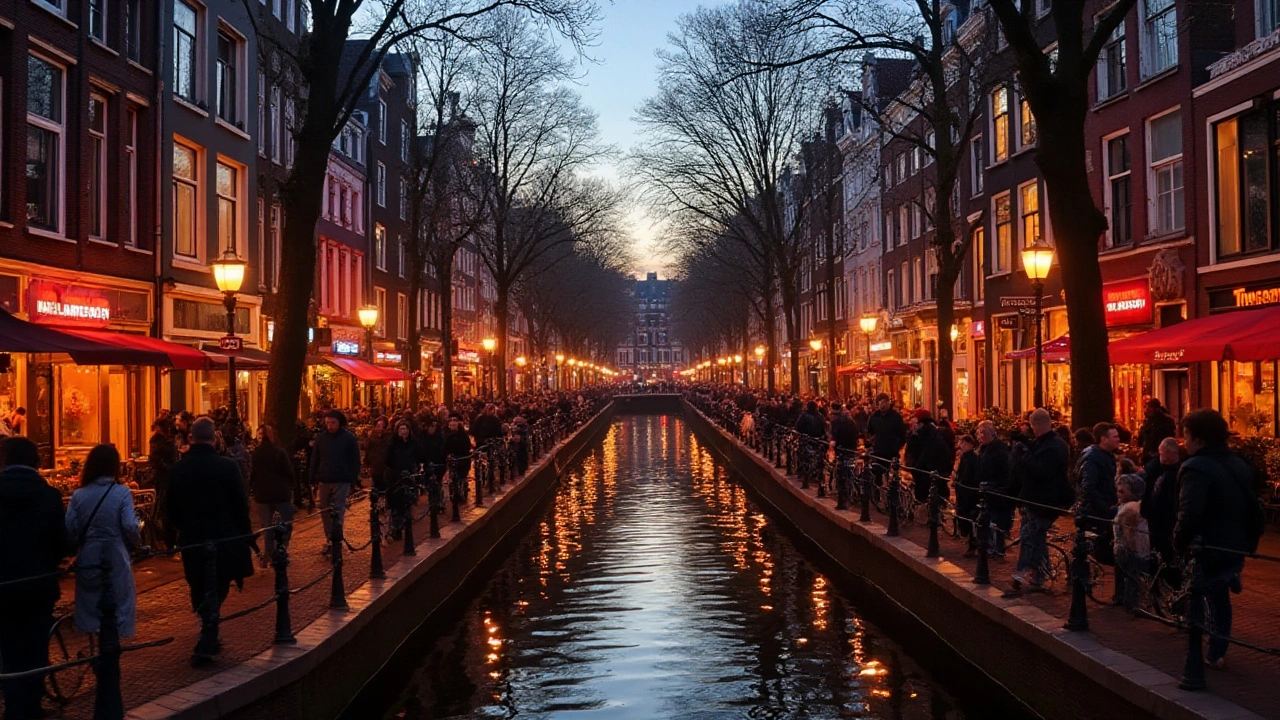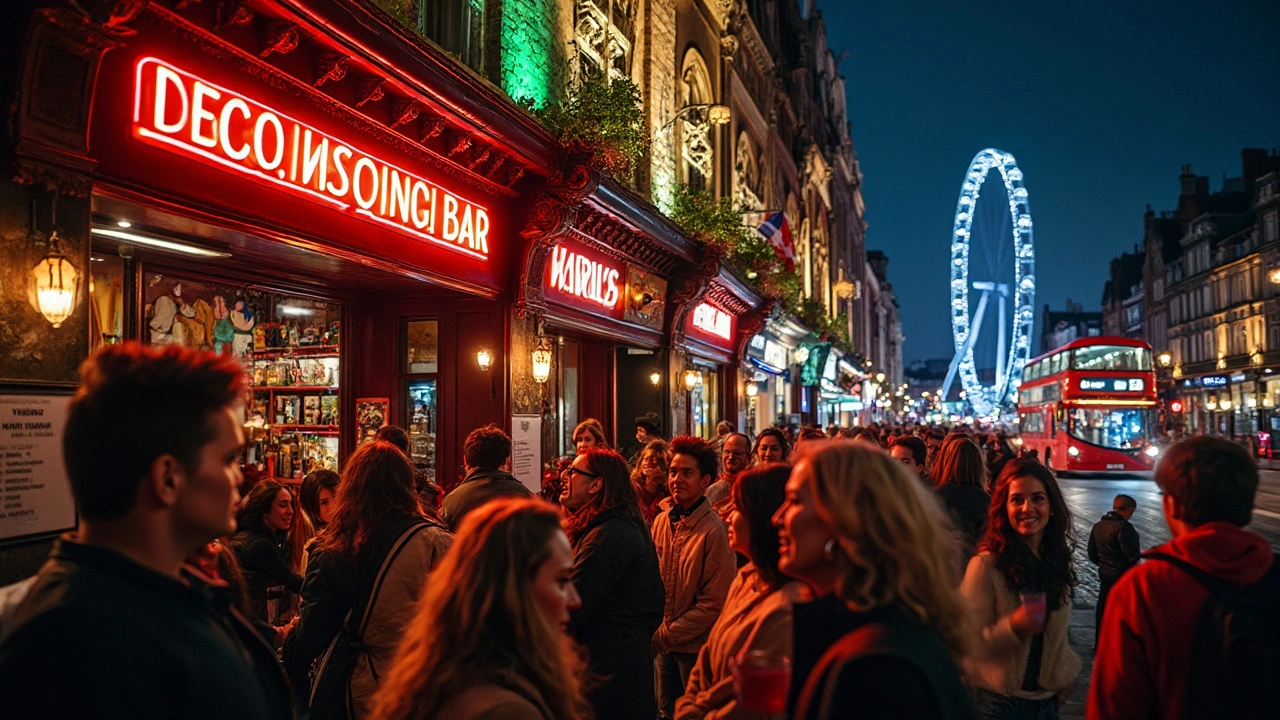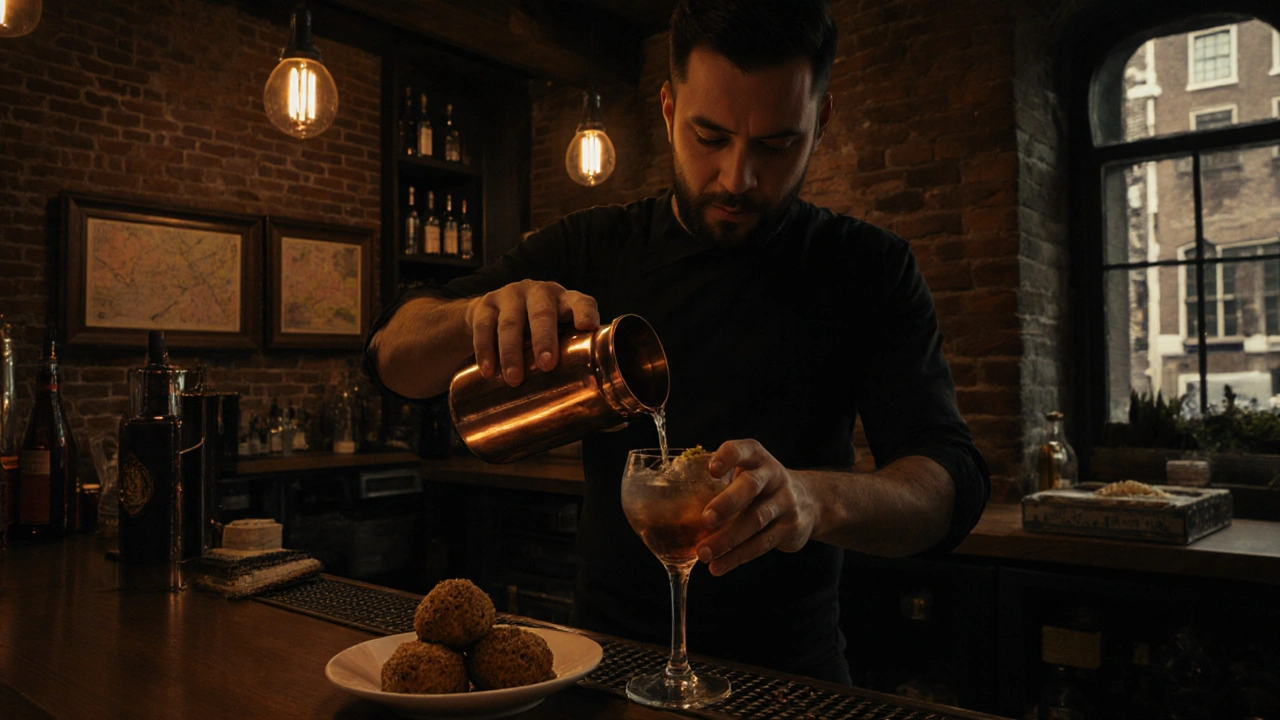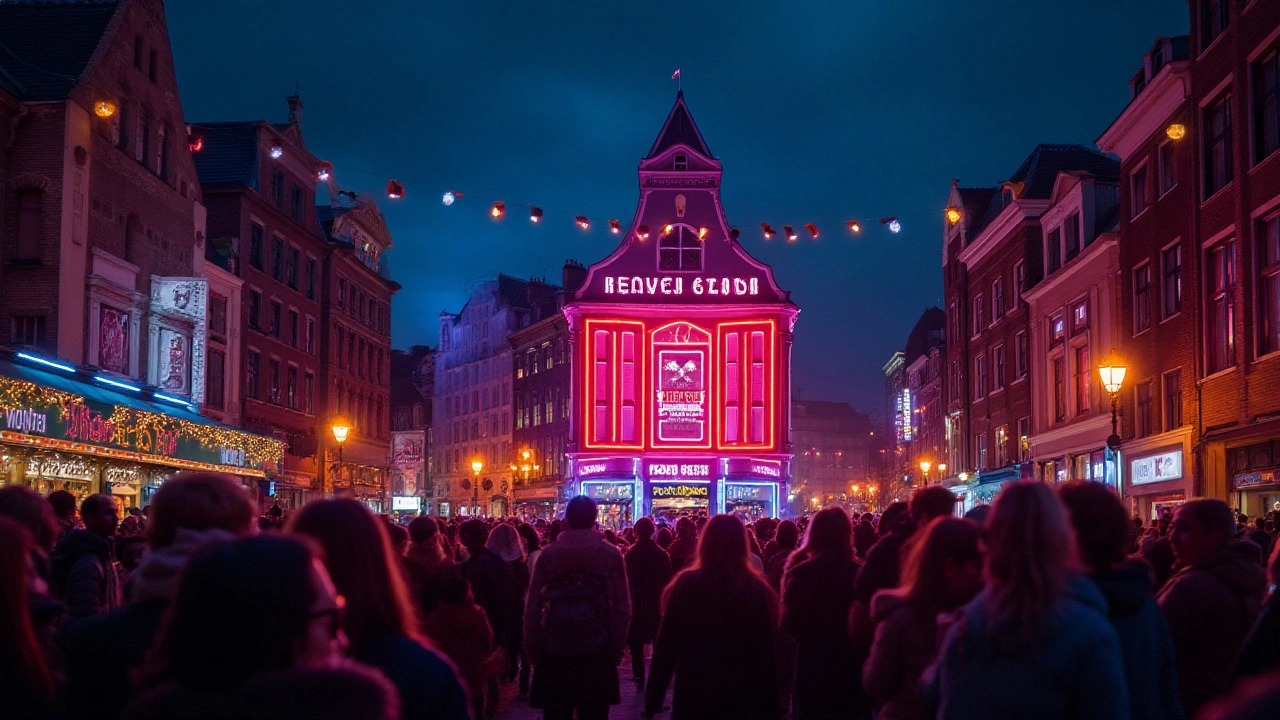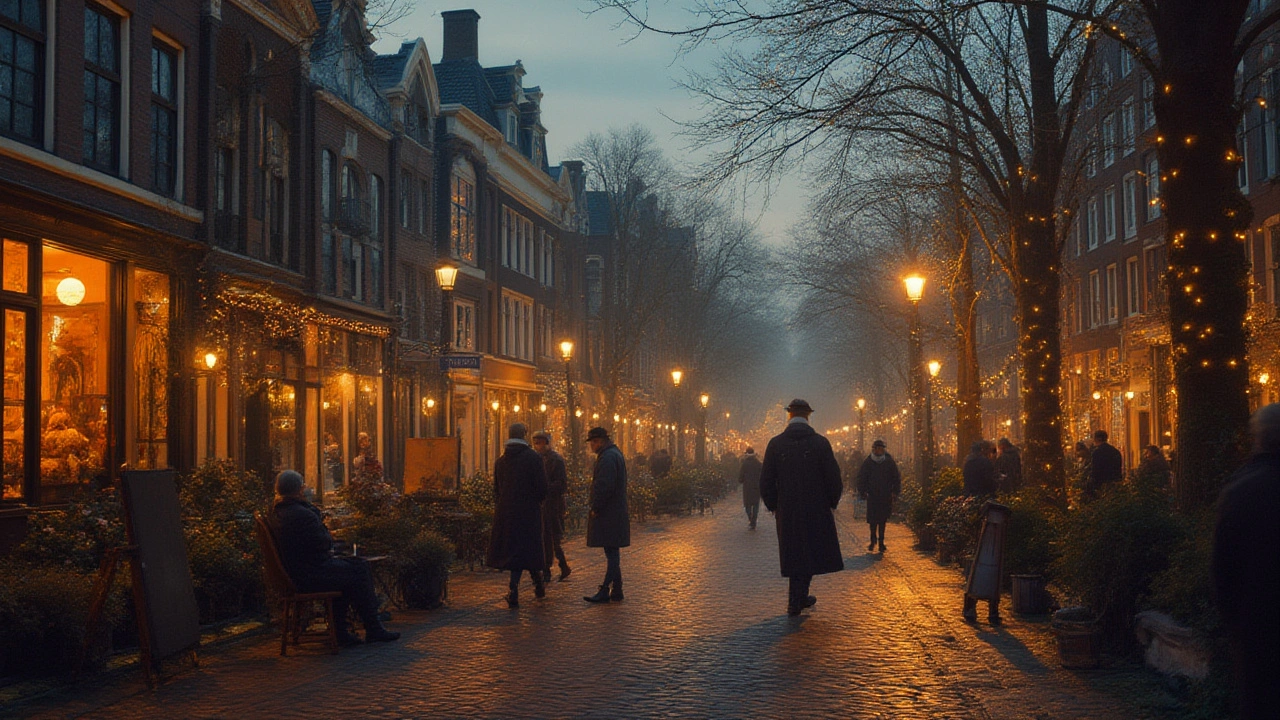
Walk through Amsterdam’s narrow alleys after dark, and you’ll see the glowing neon windows, artists sketching canal scenes, and a mix of past and present unlike anywhere else. The city’s vibe is famously freewheeling—open about sex, passionate about expression, and fiercely proud of its past. What few people realize is how tightly these worlds—art and escorts—have always been woven together in this canal-ringed city.
The Origins: Sex, Art, and the Birth of Amsterdam’s Golden Age
The 17th century was wild. Amsterdam’s ports pulsed with sailors and traders from every continent. Money flooded in, and so did new ideas. At this time, the Red Light District—De Wallen—emerged as both a playground for pleasure and a draw for creative spirits. Art wasn’t tucked away in museums; it spilled out onto the streets, into taverns, brothels, and smoky rooms where trade and trysts happened side by side. Escorts, back then called "public women" or "painted ladies," weren’t hidden figures; they lived at the heart of city life.
Rembrandt, Vermeer, Frans Hals—these Dutch masters didn’t just paint noblemen or flower vases. Step into Rembrandt’s house-museum and you’ll find sketches of women who worked the streets. Many were escorts, posing with poise and a touch of pain. Sex workers weren’t simply anonymous muses; often, they were paid sitters who earned decent money and—even more rarely for the time—gained a sliver of status. Paintings from the era, like Dirck van Baburen’s well-known “The Procuress,” depicted brothel scenes so familiar to Amsterdam citizens that they needed no explanation.
You might wonder why. Amsterdam prided itself on tolerance. Local laws rarely punished sex work directly; instead, city leaders tried to control it, charging taxes on brothels and fining unruly “women of pleasure” who caused public scandals. Brothel keepers even formed informal guilds, much like artists. If you’d stepped inside a 17th-century Amsterdam tavern, you might have seen an artist and an escort negotiating the evening together, possibly alongside a merchant and a magistrate.
| Fact | Details |
|---|---|
| Golden Age Artist Models | Many well-known models for Dutch painters were escorts from De Wallen |
| Brothel Taxes | By 1650, Amsterdam city hall taxed licensed pleasure houses |
| Artworks Featuring Escorts | At least a dozen famous Dutch Golden Age paintings explicitly depict sex workers |
| Artist-Escort Relationships | Rembrandt had personal relationships with two known sitters who doubled as escorts |
Can you imagine these scenes today? Maybe not so different, honestly. Canals, crowds, creative minds—it’s just as thick now, two centuries on.
The Evolution: Decadence, Morality, and Bohemian Nightlife
By the late 1800s, Amsterdam had changed. Elegant dance halls replaced seedy pubs, and French cabaret culture blew in on the wind. Painters adapted, swapping smoky taverns for fancy studios. But the connection between art and escorts never disappeared. If anything, industrialization made the underground scene larger, stranger, and more full of characters.
Take George Breitner, the painter and photographer obsessed with nightlife. In the 1890s, he hired sex workers not just as models, but as guides into the nightlife of districts most respectable Amsterdamers never visited. His iconic "Girl in a White Kimono," for example, was modeled by Geesje Kwak, a working-class girl sometimes rumored to have worked as an escort. Breitner’s notebooks are blunt: for him, "real beauty" and "truth" came from the city’s fringe, not its drawing rooms.
Escorts and brothels became the centerpiece of what locals called the Jordaan Bohemia. Everyone from writers to rebel painters drank with madams and watched can-can girls. A night out might mean an evening at Café des Artistes, flirting with chorus girls, then hopping across the Singel to spots like Yab Yum, the high-class brothel that later became almost as legendary as the Rijksmuseum. Even Van Gogh sketched prostitutes in the short months he lived in Amsterdam; his letters reveal a fascination with their smiles and sadness, calling them “the true faces of the night.”
Moralists campaigned to shut down the pleasure districts. Did they succeed? Not really. By the 1920s, storytelling about the city’s sexually charged underbelly became as Dutch as licensing bicycles. Both crime and art blossomed, taking inspiration from the nocturnal city.
| Period | Cultural Change |
|---|---|
| Late 1800s | Bohemian communities develop around brothels, drawing artists and writers together |
| Early 1900s | Introduction of cabaret culture blends performance, sex, and visual art |
| 1920s | Amsterdam’s sex trade and avant-garde art merge into a recognizable local subculture |
Want an insider tip? If you tour Amsterdam’s Grachtenmuseum (Canal Museum), ask the guides for stories about artists’ parties in old canal houses. Some of the wildest nights ever written about took place there, with a colorful cast of painters, escorts, and musicians that shaped the city’s global image.
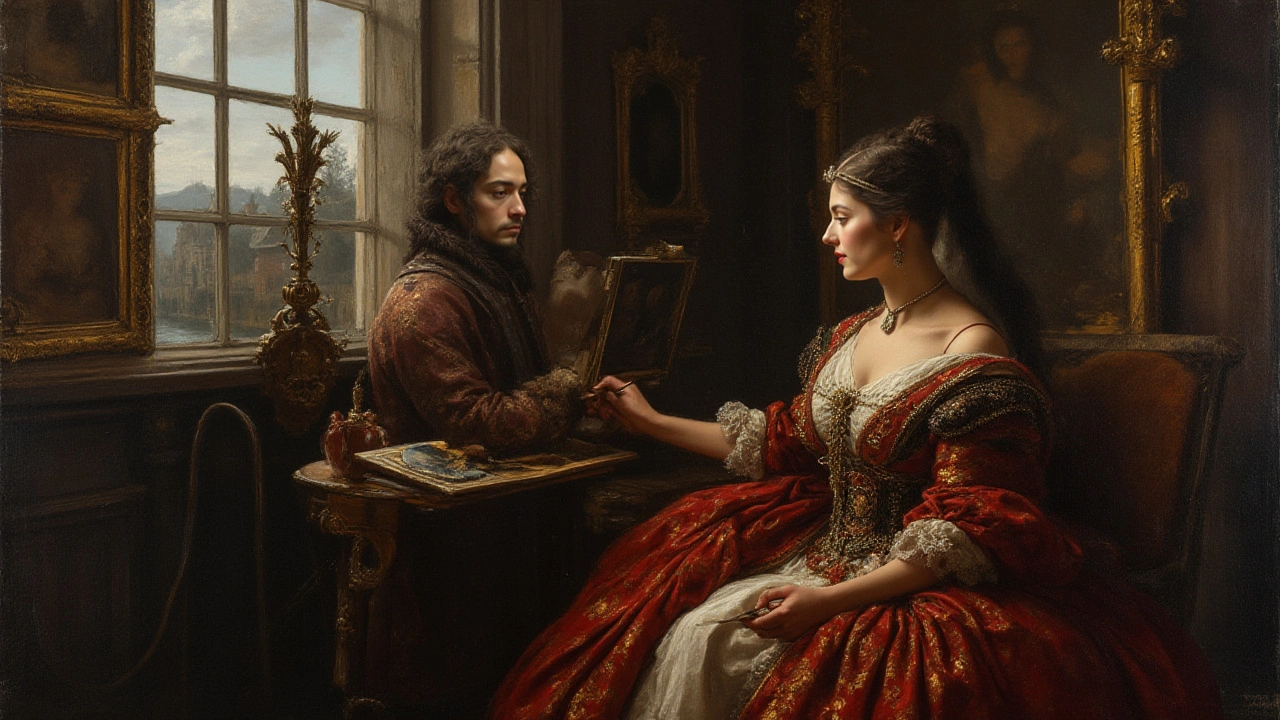
The Red Light District and Amsterdam’s Modern Creative Scene
Nowadays, everyone knows about the Red Light District. But not as many realize how tightly it’s tied to Amsterdam’s creative pulse, even in 2025. Forget the tourist cliches—the truth is more surprising.
Street art, for example, has exploded in De Wallen over the past decade. Famous murals by Laser 3.14, FAKE, and local collectives use the district as a living canvas. Several of these works feature sex workers as heroines or icons, reclaiming their place in the city’s visual story. It’s not rare to spot a real escort standing outside a window, silhouetted by neon, unknowingly echoed in a nearby mural. The old rhythms repeat themselves: artist and muse, side by side, in every alley.
Many working escorts in Amsterdam today are deeply entwined with the arts scene. Some double as models for photography workshops—organizations like Pride Photo run tours with sex workers highlighting the human reality behind glass windows. Others manage Instagram accounts full of selfies and poems reflecting on life in the district. Several of the most-watched Dutch podcasts on sexuality and gender feature current or former escorts who paint, sculpt, or write about their experiences.
A few brothels have transformed into outright cultural venues. Take the Project 1012 initiative—it’s not just about cleaning up the district, but about blending art galleries and social activism. Sexyland World, a club on the edge of the center, regularly hosts life drawing classes with performers from the Red Light District. Real sex workers model for budding artists, blurring boundaries in ways Rembrandt would probably recognize.
If you’re in Amsterdam and want to see this for yourself, look for festivals like “Red Light Jazz,” where saxophonists and burlesque dancers share mainstage time. Or swing by Oudezijds Achterburgwal at dusk, when the crowds thin. You’ll catch visual artists quietly painting in the glow of red windows, sketching scenes that might, one day, end up in the new wing of the Stedelijk Museum.
Curious about numbers? Rough estimates say the Red Light District draws around 800,000 visitors each month. Of those, about 10% come explicitly to see the art, not just the windows. Sex industry revenue, according to 2023 research by the City of Amsterdam, helped fund dozens of local art projects and exhibitions last year alone.
Amsterdam’s art schools are full of students whose projects explore sex work—sometimes with the help and permission of real escorts. There are even pop-up museums curated by sex workers. If you think about it, the connection isn’t just old; it’s getting more creative every year.
Art, Escorts, and Social Change: Breaking Taboos, Building Amsterdam’s Identity
This connection isn’t just about paintings or parties—it’s about rebellion and freedom. Amsterdam has always pushed back against taboos, mixing creativity with a live-and-let-live attitude. Today, artists and escorts find common ground by telling hidden stories and challenging old stereotypes.
Remember the "Mona Lisa of Amsterdam"? That’s what locals call Henny, a legendary escort who posed for two decades in De Wallen and became the subject of a mural that everyone who lives here recognizes. Henny also volunteered for workshops teaching art students about the emotional side of sex work. It’s a cycle—art invites empathy, and empathy opens doors to more expression.
Here’s something that surprises a lot of visitors: Many escort-run collectives, like PROUD Netherlands, organize annual art festivals. One famous project published a photo book—real stories from behind the windows, told through both images and handwritten notes. Copies of this book now sit on the shelves at the Amsterdam Museum, right next to exhibits on Rembrandt and the city’s trading past.
Modern policymakers pay attention. Amsterdam’s city council now funds programs that let sex workers and artists collaborate openly. Last year, a new grant scheme awarded €500,000 to projects mixing performance art and documentary photography, all exploring life in the Red Light District. This isn’t about cleaning up—it’s about recognizing creativity where it naturally flourishes.
People sometimes ask if Amsterdam’s legendary tolerance is fading. But step into any open studio in the Jordaan, or attend an "art and activism" night hosted by sex worker artists in De Wallen, and you’ll see the same free spirit thriving. The city’s creative core pulses in time with its wildest, weirdest, proudest stories. Everyone, no matter their background, can leave a mark—for a few hours, a painting, or maybe a whole lifetime.
So next time you walk by the network of glowing windows or catch a glimpse of an artist squinting at the canal lights, remember: in Amsterdam, art and escorts have been shaping each other—and the city itself—for centuries. There’s no other place quite like it.

